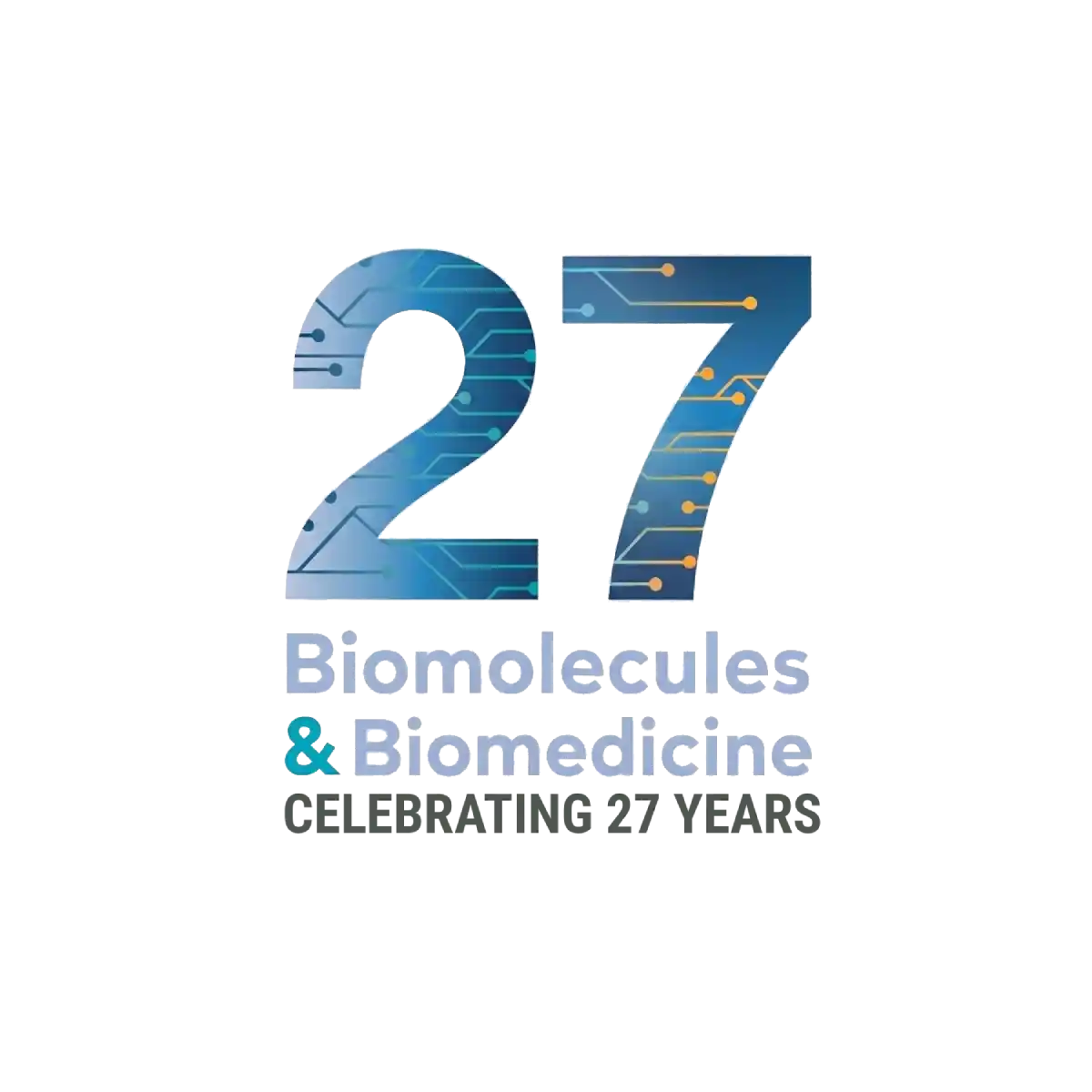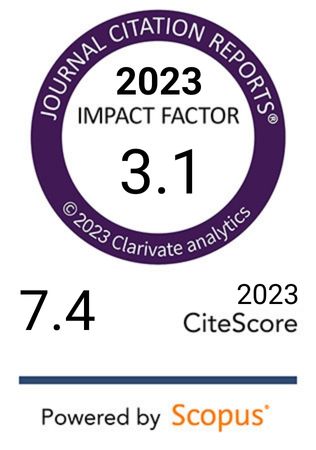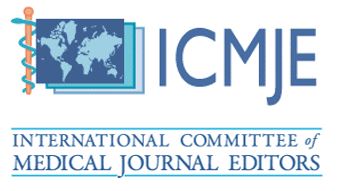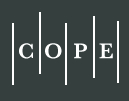Botulinum toxin type A inhibits the formation of hypertrophic scar through the JAK2/STAT3 pathway
DOI:
https://doi.org/10.17305/bb.2024.10906Keywords:
Botulinum toxin type A, JAK2/STAT3 pathway, fibrosis, hypertrophic scarAbstract
Hypertrophic scar (HS) is a fibrous proliferative disorder that occurs in the dermis after skin injury. Studies have confirmed that Botulinum toxin type A (BTA) is effective in scar prevention and treatment. However, the specific mechanism remains uncertain. Hypertrophic scar fibroblasts (HSFs) and normal skin fibroblasts (NSFs) from the skin tissues of HS patients were isolated and cultured. Western blot analysis was conducted to measure the expression of JAK2/STAT3 pathway-related proteins. HSFs were treated with the JAK2 inhibitor (AG490) or agonist (C-A1). The CCK-8 assay, EdU staining, scratch-wound assay and transwell assay were used to examine the biological properties of HSFs. Western blot, immunofluorescence, and Sirius red staining were used to assess the fibrosis of HSFs. Additionally, a mouse full-thickness wound model was constructed to investigate the role of BTA in wound healing. The results showed that the JAK2 and STAT3 phosphorylation levels were markedly increased in HS tissues and HSFs. AG490 treatment reduced cell viability, proliferation and migration capacity, and inhibited the fibrosis of HSFs, whereas C-A1 treatment had the opposite effect. BTA treatment inhibited the JAK2/STAT3 pathway. BTA reduced cell viability, proliferation and migration ability, and inhibited the fibrosis of HSFs, while C-A1 intervention weakened the impact of BTA. Meanwhile, BTA promoted wound healing and reduced collagen deposition in vivo. In conclusion, BTA inhibited the JAK2/STAT3 pathway, which in turn hindered the proliferation, migration and fibrosis of HSFs, and promoted wound healing in mice.
Citations
Downloads
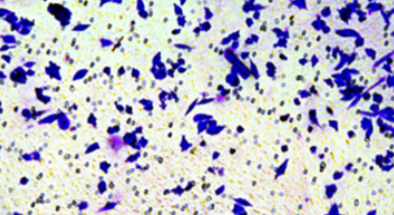
Downloads
Published
Issue
Section
Categories
License
Copyright (c) 2024 Yan Fan, Xuesong Guo, Yu Tian, Jie Li, Hongwei Xi

This work is licensed under a Creative Commons Attribution 4.0 International License.
